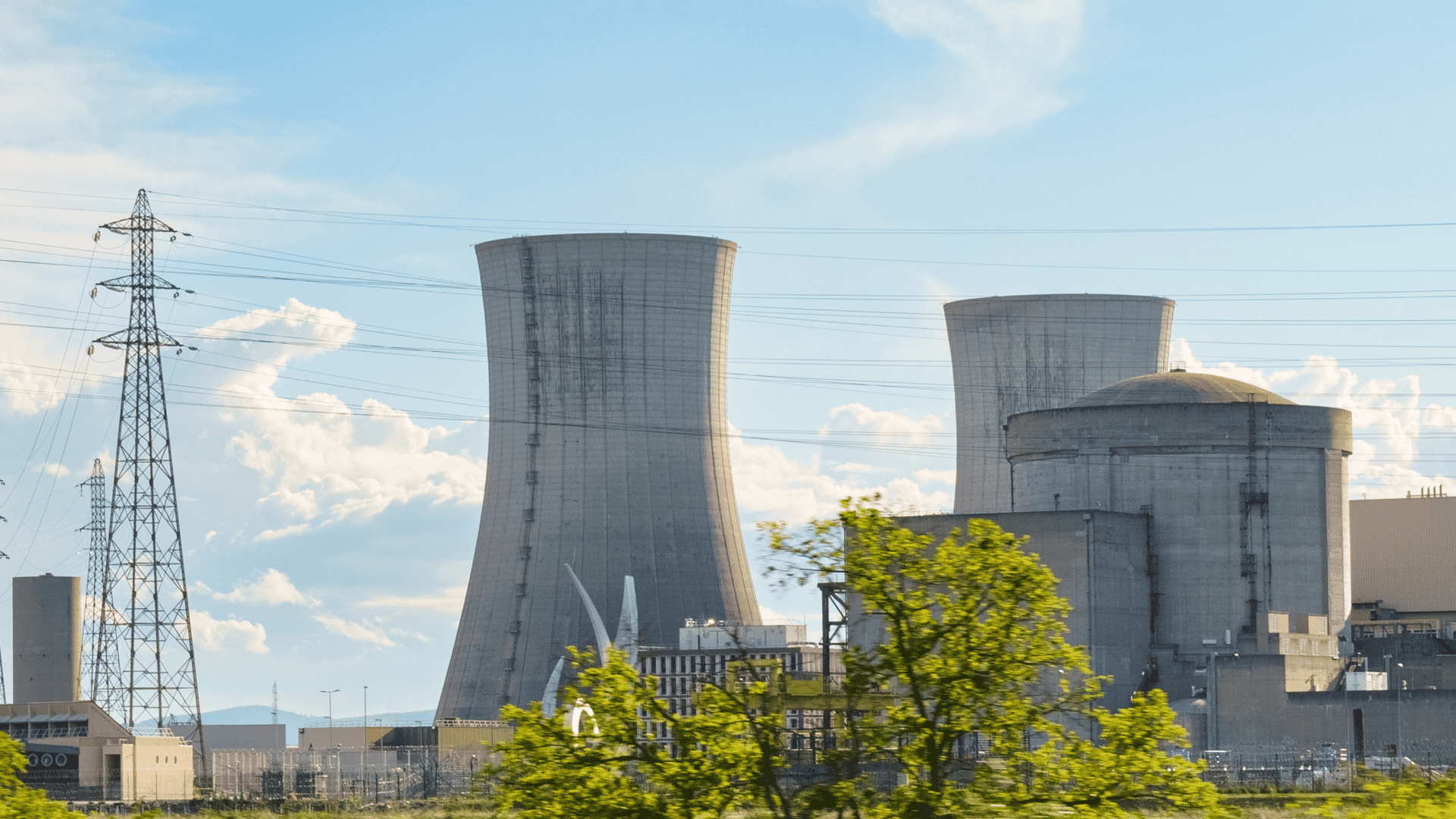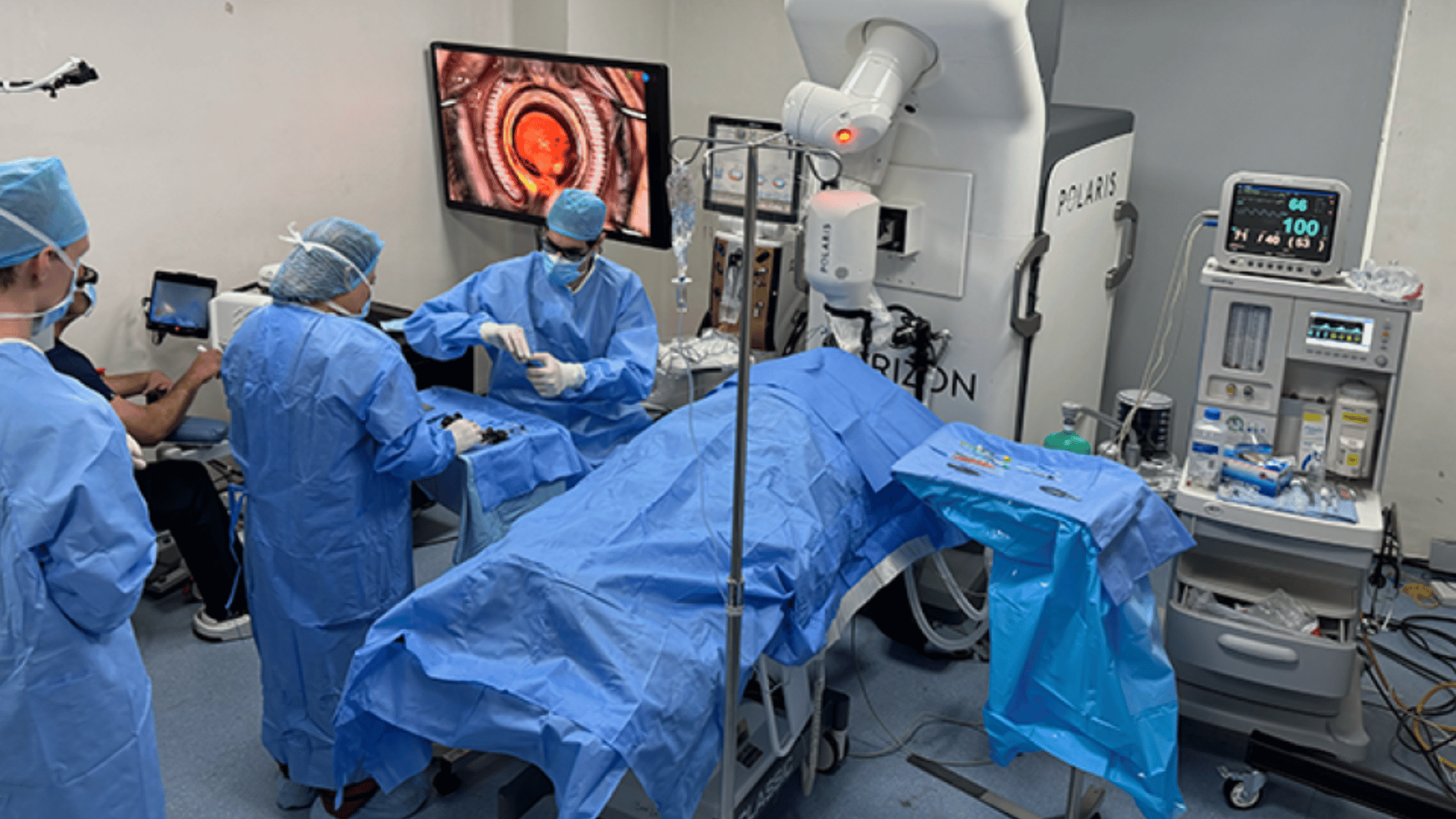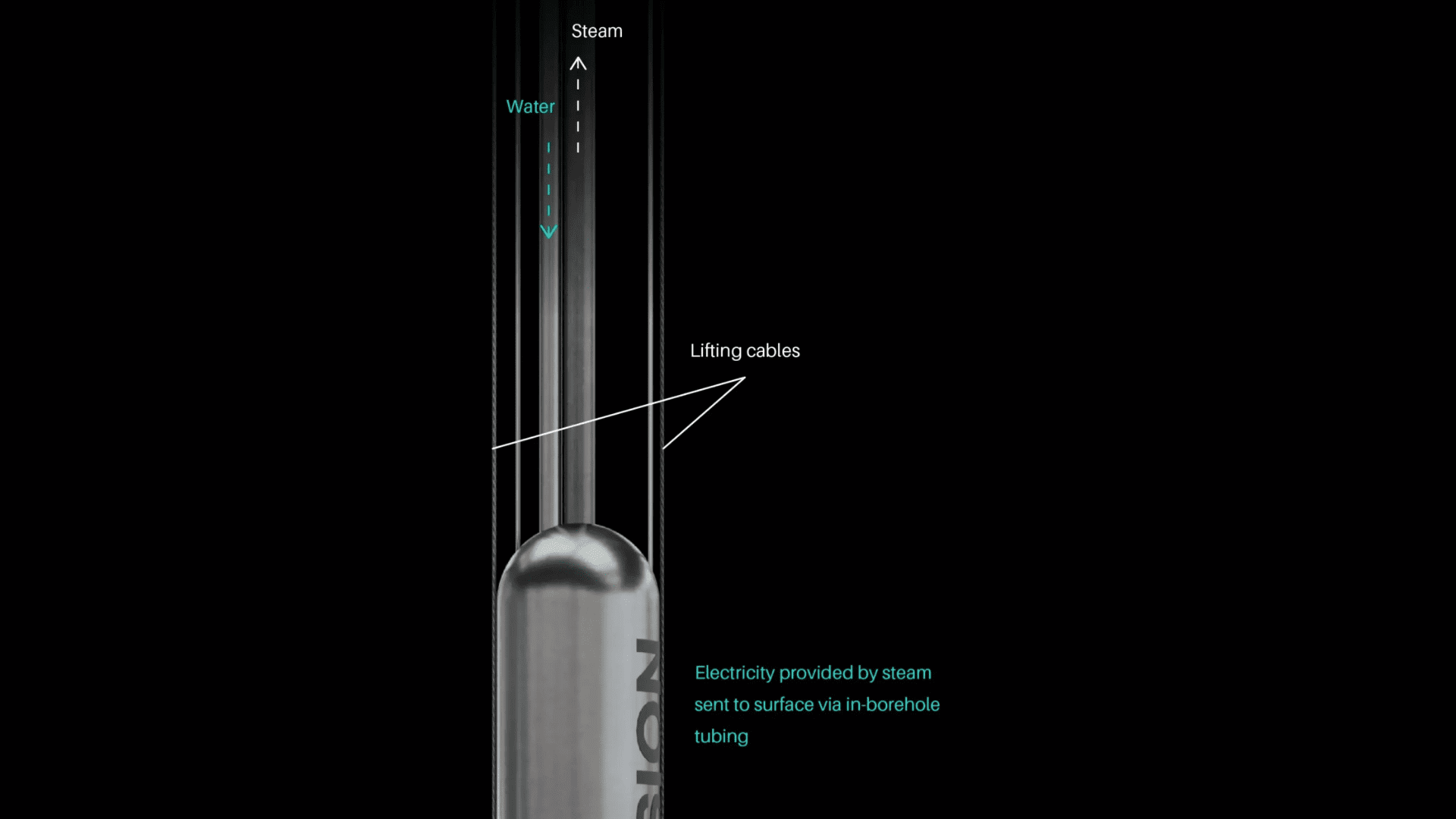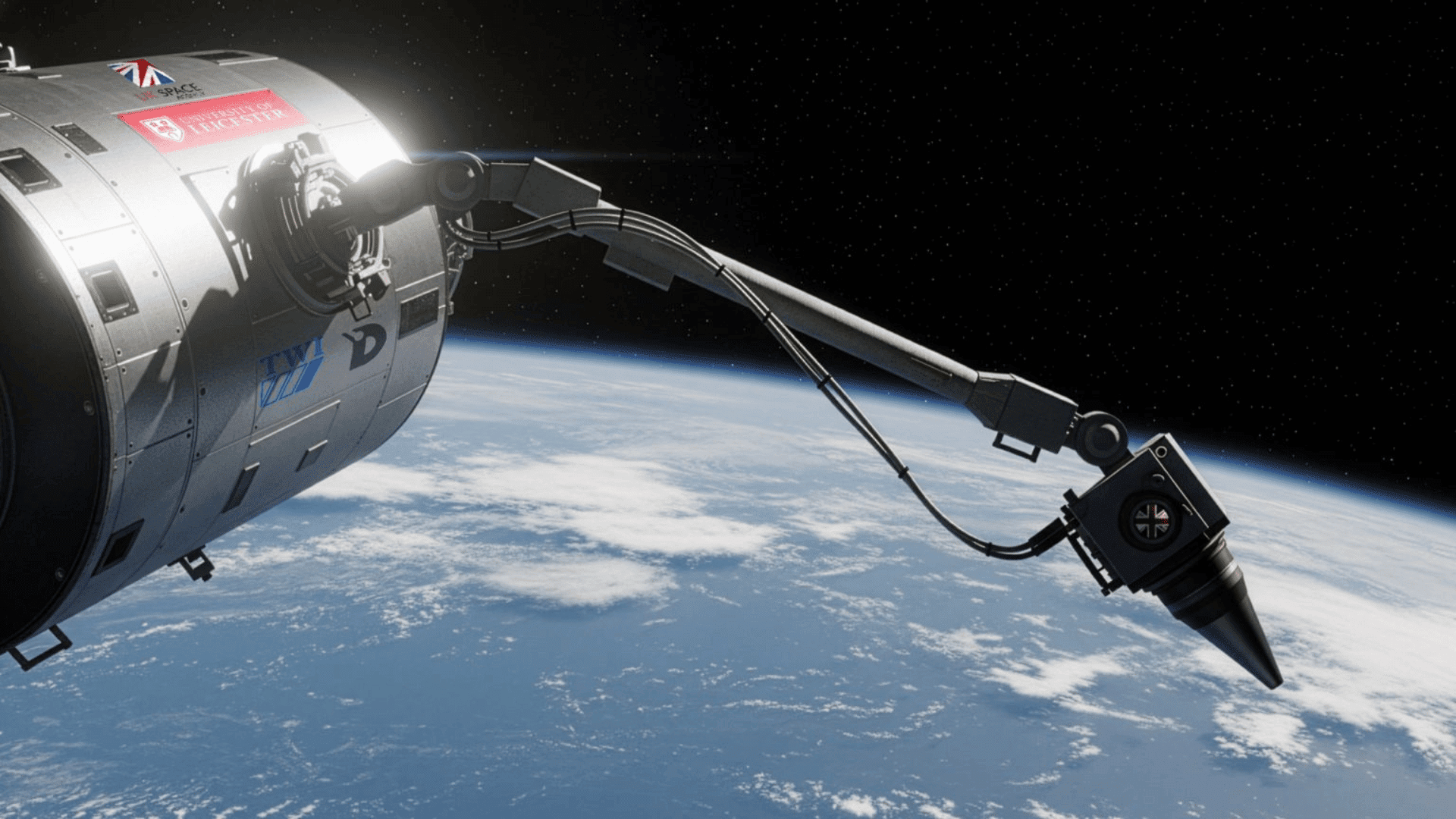We have all heard of nuclear energy at some point. However, it is often recognized negatively rather than as a source of green energy. Commercial nuclear power is sometimes considered dangerous or unstable.
The DOE says nuclear power is the largest source of clean power in the United States, generating nearly 775 billion kilowatt-hours of electricity annually. But what is it and how does it work?
Nuclear Energy

In the simplest terms, nuclear energy is a form of energy released from a nucleus, the core of an atom. The nucleus is made up of protons and neutrons.
Nuclear energy is produced in a process called fission, while a new concept, fusion, is still being explored. While we dive into the details of nuclear fission, breakthroughs are being made every day in nuclear fusion. For example, a nuclear fusion reactor hit a major milestone in the U.S. recently, hoping to power thousands of homes one day.
Nuclear fission produces energy when the nucleus splits into several parts. As a result, it releases energy. The International Atomic Energy Agency says, for example, when neutrons hit the nucleus of a Uranium atom, it splits into more nuclei and neutrons. These extra neutrons split, hit each other, and generate more, causing a chain reaction.
Every time a reaction occurs, energy is released in the form of heat and radiation. Nuclear power plants turn the heat into nuclear energy. Inside these nuclear power plants are nuclear reactors. These reactors and equipment contain and control the chain reactions to produce heat through fission.
The reactors have a cooling agent, which is typically water. Heat warms the cooling agent, producing steam channelled to spin turbines. As a result, it activates an electric generator to create low-carbon electricity.
Challenges, Construction, and Waste
Uranium plays a major role in nuclear energy, specifically uranium-235, one of uranium’s two primordial isotopes. Uranium-235 is used in nuclear fission. However, it makes up only 1% of the world’s uranium. To make natural uranium more likely to undergo fission, an increased amount of uranium-235 is needed, which is achieved through a process called uranium enrichment.
Once uranium is enriched, it can create nuclear energy for three to five years before being disposed of. This creates a cycle that starts with the mining of uranium and ends with the disposal of nuclear waste, which has various levels of radioactivity. The video below is from the IAEA and demonstrates how nuclear waste is managed.
According to the IAEA, the next-generation nuclear power plants will generate much less energy than today’s. They’re expected to be under construction by 2030.







